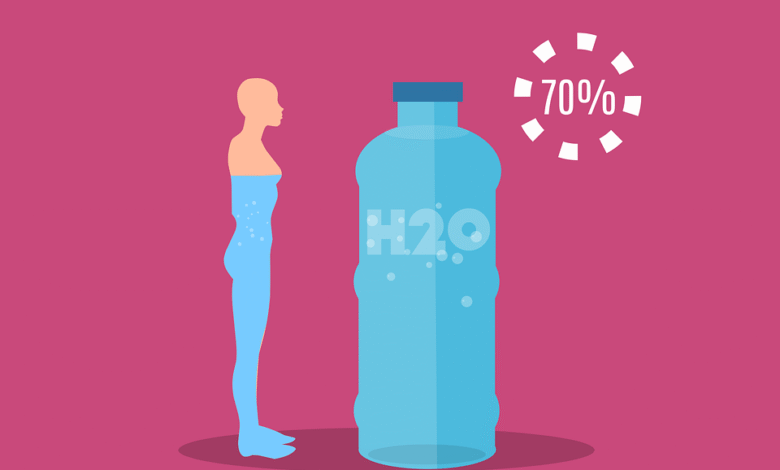HCOOH CH₂ H₂O: the Chemical Interactions and Significance
HCOOH CH₂ H₂O: the Chemical Interactions and Significance

Introduction
The combination of hcooch ch2 h2o might seem like a collection of basic chemical components, but their interactions reveal important insights in organic and aqueous chemistry. Formic acid is the simplest carboxylic acid, and when examined alongside a methylene bridge or group and the universal solvent—water—it opens discussions ranging from acid-base chemistry to reaction mechanisms and biological relevance. This article will explore the nature of these molecules, how they interact, and their role in chemical and biological systems.
1. The Structure and Properties of Formic Acid (HCOOH)
Formic acid, with the molecular formula HCOOH, is the most basic form of carboxylic acid. Its structure features a single carbon atom double-bonded to an oxygen atom and also bonded to a hydroxyl group (–OH), giving it acidic properties. Formic acid is a colorless liquid with a pungent odor and is naturally found in ant venom and some stinging plants. One of the key attributes of formic acid is its ability to donate a proton (H⁺), which makes it a weak acid. In aqueous solutions, formic acid partially ionizes to form formate ions (HCOO⁻) and hydronium ions (H₃O⁺). This partial ionization makes it useful for studies in acid dissociation constants (Ka) and equilibrium dynamics. Due to its reactivity and solubility in water, it is widely used in textile, leather, and rubber industries, as well as in laboratories for chemical synthesis.
2. CH₂: The Reactive Methylene Group and Its Role in Organic Chemistry
The CH₂ moiety, or methylene group, is a highly reactive species in many organic reactions. It consists of a carbon atom bonded to two hydrogen atoms and is often seen in intermediates or as a bridging group in larger molecules. While in isolation CH₂ is a transient intermediate (carbene), it plays an essential role in organic synthesis, especially in homologation reactions where carbon chains are extended. In biochemistry, methylene bridges link important biological molecules and play roles in enzymatic catalysis. For example, in folate metabolism, a methylene group connects to tetrahydrofolate, facilitating methyl group transfers critical for DNA synthesis. In the context of reactions involving formic acid, a CH₂ group can participate in esterification or reduction processes, forming more complex organic molecules. The high reactivity of CH₂ makes it a powerful building block in synthetic organic chemistry, allowing chemists to manipulate and design novel molecular architectures.
3. Water (H₂O): The Universal Solvent and Its Interactions
Water is often called the “universal solvent” due to its ability to dissolve a vast range of substances, and this quality is fundamental in its interaction with both formic acid and methylene groups. Structurally, water is a polar molecule with a bent shape and a high dielectric constant, allowing it to stabilize ions and participate in hydrogen bonding. When formic acid is added to water, it undergoes partial dissociation, creating a dynamic equilibrium essential for understanding acid-base behavior in aqueous environments. Furthermore, water acts as a medium for hydrolysis reactions and supports proton transfer in acid-base chemistry. With CH₂ groups, although direct solubility is limited due to their nonpolar nature, water still influences their reactivity, especially in polar transition states or when CH₂ is part of larger hydrophilic molecules. Water also plays a key role in biological systems where these molecules co-exist, influencing protein folding, enzymatic activity, and metabolic processes.
4. Interactions Between HCOOH, CH₂, and H₂O in Chemical Reactions
The interaction between hcooch ch2 h2o creates a range of interesting chemical possibilities. In aqueous solutions, formic acid can act as a reducing agent and can participate in condensation reactions involving CH₂ groups, particularly in organic synthesis. For example, in the presence of suitable catalysts or under UV irradiation, CH₂ groups can be generated and then react with formic acid to produce esters or more complex hydrocarbons. Moreover, water facilitates these reactions by dissolving reactants and stabilizing intermediates through hydrogen bonding. These interactions are not just limited to synthetic chemistry but are also observable in natural biochemical processes. In living organisms, formic acid is a byproduct of some metabolic pathways, and methylene groups are central in carbon transfer reactions, which are all carried out in the aqueous environment of cells. Thus, understanding these molecular relationships enhances our grasp of both lab-based and biological chemistry.
5. Industrial and Biological Relevance of These Molecules
Each of the three components—formic acid, methylene groups, and water—plays a critical role in both industrial and biological contexts. Industrially, formic acid is used in dyeing textiles, tanning leather, and producing preservatives. Methylene groups, though not used directly in isolated form, are central to organic intermediates in pharmaceutical and petrochemical industries. Water, of course, is the base for nearly all industrial chemical processes, from reaction solvents to cleaning agents. Biologically, formic acid is a metabolic intermediate and also a toxic byproduct of methanol metabolism in humans. CH₂ groups are essential in many biomolecules, especially amino acids, nucleotides, and vitamins like folic acid. The aqueous nature of biological systems means that all these processes happen in the presence of water, emphasizing its central role. Understanding how these three seemingly simple substances interact provides valuable insight into designing better drugs, understanding diseases, and optimizing chemical production.
Conclusion
While HCOOH, CH₂, and H₂O may appear as basic chemical symbols, their underlying chemistry reveals a rich world of interactions, reactions, and relevance in both natural and industrial settings. From acid-base reactions and synthetic applications to metabolic pathways and solvent behavior, these components are fundamental to the broader field of chemistry. Whether you’re a student, researcher, or just curious about how molecules shape the world around us, diving into the connections between formic acid, methylene groups, and water offers both foundational understanding and practical knowledge for advanced study.



